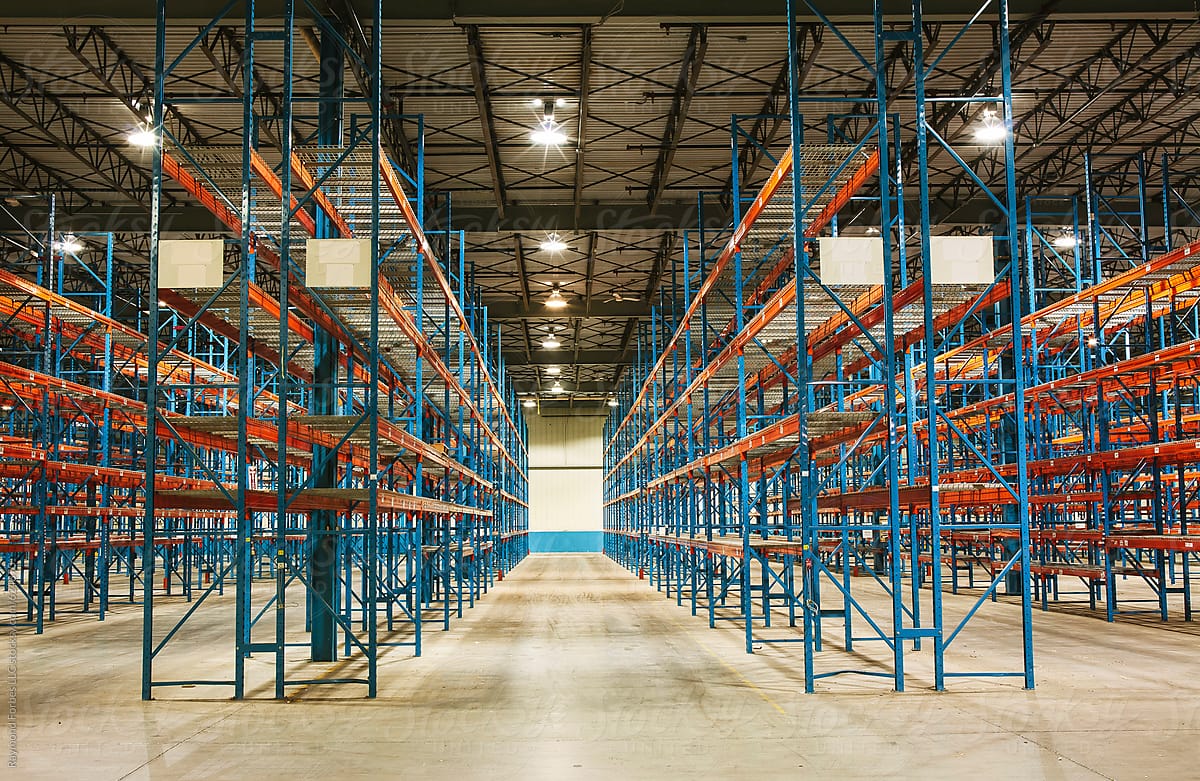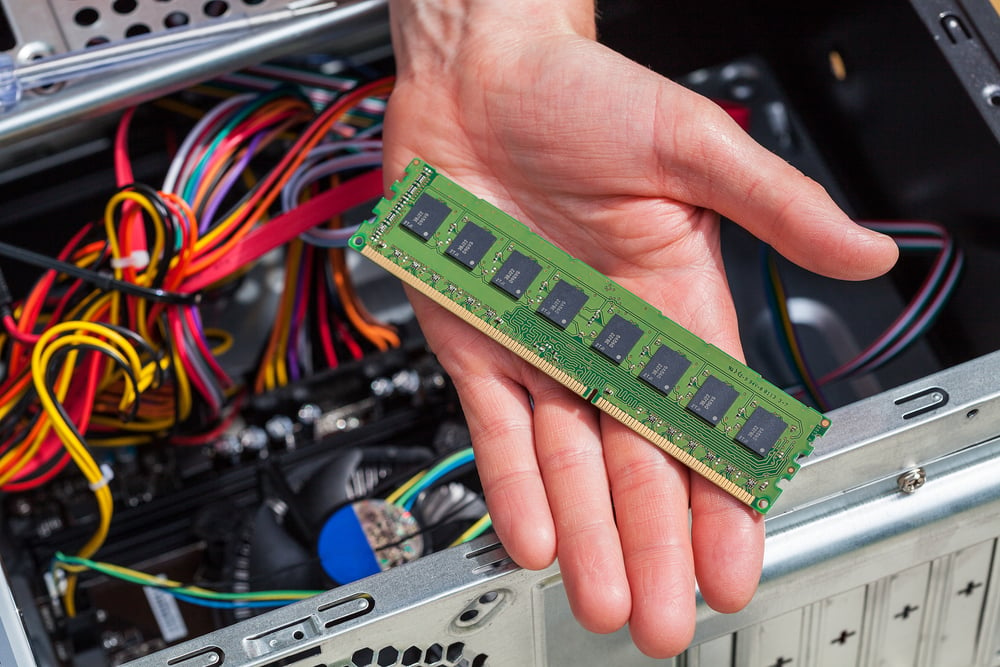5 ways to deal with the network equipment shortage
Are you having trouble finding essential network equipment? You're not alone. The factors contributing to longer lead times are multi-faceted, and...

Whether it’s network equipment, pickup trucks or toothpaste, the new product adoption curve remains nearly unchanged. Statistically speaking, about 2.5 percent of buyers, a.k.a. Innovators, will grab the first edition of whatever it is, simply for the novelty. These are followed by Early Adopters (about 13.5 percent). Then there is a gap before the Early Majority (34 percent) buys in. These are followed by the Late Majority (34 percent) and Laggards (16 percent) who bring up the rear.
Graphically, this is known as the Rogers innovation adoption curve, named for Everett Rogers, a communications and sociology professor who first proposed the concept in 1962.
That there are (relatively) small groups of individuals willing, even anxious, to invest in innovation for innovation’s sake should not be surprising. Human history is filled with those who are risk takers as well as those who are risk averse. What should be concerning is that research suggests there is little difference between the factors driving personal purchases versus business purchases. This has major implications when those decisions involve mission-critical systems such as the network.

Based on the Rogers curve, about 16 percent of network managers fall into the Innovators or Early Adopters categories. Yet according to a recent Edgeium survey, 31 percent of respondents — nearly twice the statistical estimate — indicated that they only purchase next gen equipment. Clearly there is something else going on.
In nearly all cases, the decision to purchase next gen equipment is driven by the OEM’s end-of-sale (EOS), end-of-life (EOL) product cycle. This three- to five-year cycle, it should be noted, does not reflect the equipment’s actual service life, which tends to be between seven to ten years. It is more a reflection of how long before demand for an existing product begins to wane. In other words, next gen rollouts are dictated by the OEM’s profit window, not client needs. As for the clients, by and large they realize this and agree to upgrade anyway or, more often, they simply don’t realize that other options exist.
Whether the client’s decision is to stick with their current hardware or to invest in next generation technology. It must be grounded in facts and serve the best interest of the enterprise. As noted earlier, there are good reasons for upgrading to the latest and greatest. Even if the OEM says to isn’t one of them.
First ask yourself if you are aware of exactly what is the equipment that your team needs. This will allow you to compare different vendors and choose the one that provides the best overall value. If you already know what you need, make a list and send it to your preferred representative. They will be able to give you the best pricing and availability information.
Think about your sustainability goals. It's true, finding a solution to a green-minded network is not the easiest thing to do. It should be in the best interest of your vendor yo be environmentally friendly in the first place. Ask about their carbon footprint and their decommissioning services.
At Edgeium we keep in mind your goals and we test every hardware piece through a Quality Control and Testing Process, that's why we provide your network hardware with a Extended Lifetime Warranty. Our more that 20 years of experience will back that up.
If you already have an idea of what are your network equipment needs, the next step for you and your team will be to build a budget. Which is never easy, since we don't want to over spend. But, luckily you'll find the right vendor that will provide you the best overall value. Analise if the vendors you're comparing will offer you credit, if they'll buy your decommissioned hardware and even if they have other services that could help you lower your expenses. Like third party maintenance.
At Edgeium we're here to help you. Our customers choose us to decommission, upgrade, and augment their network equipment.
Contact us to learn how we can help your network grow.
Subscribe to our Monthly Newsletter.
✅ Expert IT tips you can actually use
✅ Cost-saving solutions that boost ROI
✅ Straightforward insights — just value
All straight to your inbox.
No spam. No sales pitches. Just better networks.

Are you having trouble finding essential network equipment? You're not alone. The factors contributing to longer lead times are multi-faceted, and...

Or, Can you afford to be? It may sound like an exaggeration, but Cisco 9200Ls were quoted to a client at 434 days lead time this week. That’s Easter...

As an IT professional, you’re familiar with the equipment graveyard present in many offices. Dusty old hardware, destined for the trash heap —...